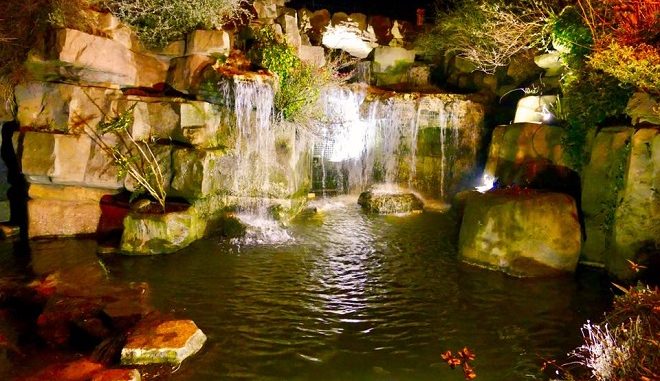
This week it was announced that Ramsgate will receive £50,000 from a £1million government fund to conserve its pulhamite rocks.
The project – under the heading Rescuing Ramsgate’s Rock Gardens – aims to use the cash for work on the Pulhamite rocks at the Madeira Walk fountain and Albion Gardens, and possibly at the ‘Sun Palace’ rock garden at the Winterstoke if funding allows.
The bid was made by the Ramsgate Coastal Community Team – made up of Ramsgate Town Council, Ramsgate Neighbourhood Plan Group, Ramsgate Regeneration Alliance, The Ramsgate Society and Ramsgate Town Team with Thanet District Council as the accountable body.
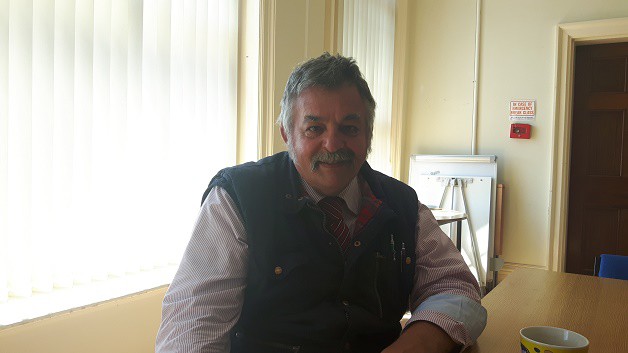
Here Ramsgate Town Council clerk Richard Styles talks about the history, and the future, of Ramsgate’s Pulhamite rocks:
“In the latter decades of the 19th century, Ramsgate managed to break free from the yoke of the Cinque Port of Sandwich, when it became an incorporated borough in 1884.
Ramsgate was now free to invest heavily in its own infrastructure and only three years after the formation of the Borough Council in 1887, a plan was produced to improve the much-neglected road system.
Ramsgate was a busy fishing port and a popular holiday destination at that time; something was needed to be done to improve both the transport network and the coastal frontage of the Town. Royal Parade and the arches were completed in(1894/97, after 10 years of construction, on the western side of Ramsgate and at roughly the same time on the eastern side of Ramsgate, Madeira Walk was completed in 1894.
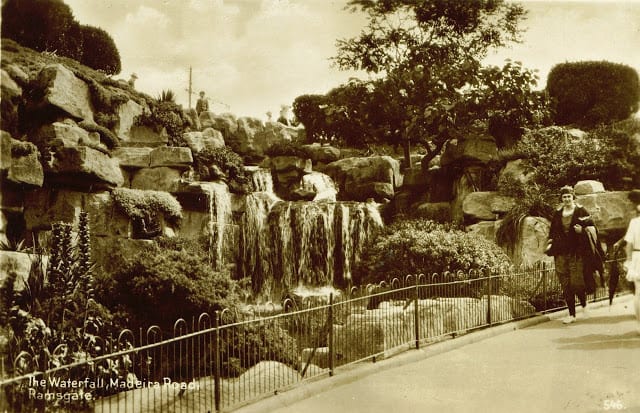
Royal Parade was a major construction project, with heavy earth works, a massive brick construction of retaining walls and brick arches; topped off with a balustrade and finally a highly decorative lighting system.
For Madeira Drive something different was used in the form of ‘Pulhamite’, an artificial rockwork made of various substances including in some cases old, tea services (Folkestone).
It got its name from James Pulham, who developed the artificial rock and who opened a factory to produce it in Hertfordshire. The Pulham’s not only produced Pulhamite but plaster work and decorative stone work of various sorts.
Pulhamite was manufactured from the middle of the 19th century, through to the Second World War and Ramsgate’s place in this story is the fact that it has a collection of Pulhamite structures that cover a large part of the life span of the Pulhamite story.
Not only is Pulhamite used at Madeira Drive, where a mini Swiss mountain pass was created from a chalk bank, complete with its own waterfall; but in the 1920s and 30s, at the end of the Pulhamite era, additional Pulhamite installations were built on the Western Undercliff Chine and at Winterstoke Gardens.
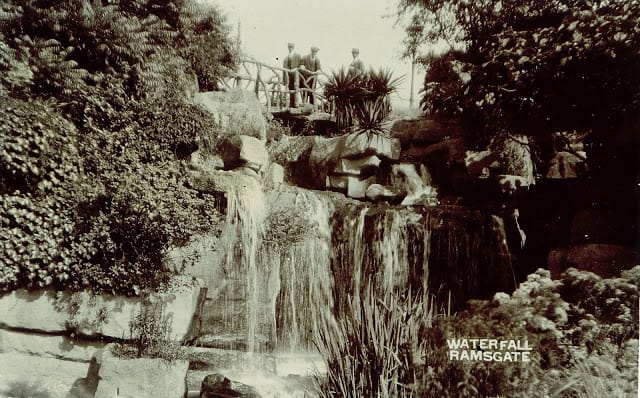
Pulhamite was used all over England and was the must have decorative addition, to any self-respecting garden design. It featured several times at the Chelsea flower show and remained popular for nearly 80 years. Changing fashions and the great depression finally put paid to the use of Pulhamite; but now, when we see the ornate use of very expensive, quarried stone in gardens featured at the Chelsea flower show, perhaps a revival of Pulhamite, on environmental grounds might be overdue.
We roll on 100 years and another council has control over Ramsgate’s affairs; Thanet District Council carried out a survey of the Pulhamite rockwork at the end of the 20th century and may have done some repairs, but 20 years on, the Pulhamite is showing increased signs of disrepair.
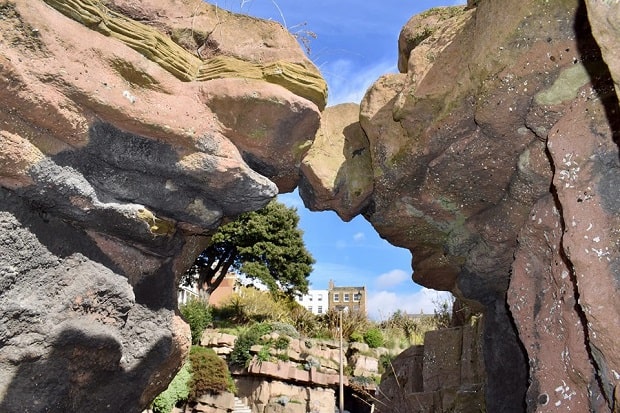
The £50,000 from the Coastal Revival Fund will again survey the rock work and pay special attention to the waterfall. A schedule of works will be drawn up and a maintenance schedule of repairs will be outlined. There will be a series of training courses to develop local skills, so that the correct methods of care and repair, are used to preserve this unique physical heritage.
If the budget allows, some emergency repairs will be done, but I am afraid that it will cost a lot more than £50,000 to put right, decades of under-investment and even more so in the case of Royal Parade, which is owned by Kent County Council.
Even the decorated ‘sturgeon lights’ aligning Royal Parade require repair, painting and in some cases reinstatement; as they too have had not so much as a lick of paint in at least 10 years. Some of the lights are also missing, with prominent gaps along the balustrade of Royal Parade, where there should be lights.
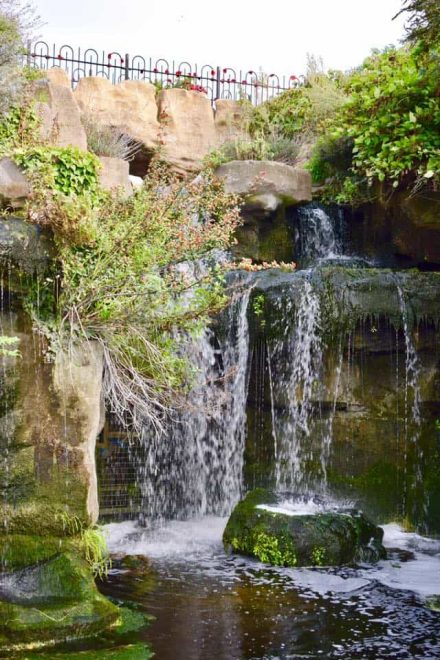
The revival fund application was made at very short notice and is a development arising from Ramsgate being awarded Heritage Action Zone status. There were many applicants and of those very few were given the higher-level award.
It is a measure of the importance of both Ramsgate and its Pulhamite collection within the community of heritage organisations, that this grant was awarded. It may lead to a description of the Pulhamite collection being described as being at risk. This does not mean that it is in anyway unsafe, but it does mean that greater efforts should be made to take action, to restore and repair the Pulhamite, based on the evidence arising from the survey(s).
The grant awarded, has a very narrow function, which is to survey the Pulhamite. What happens afterwards is the responsibility of the owner and of all those organisations that have an interest in the welfare of this piece of heritage.
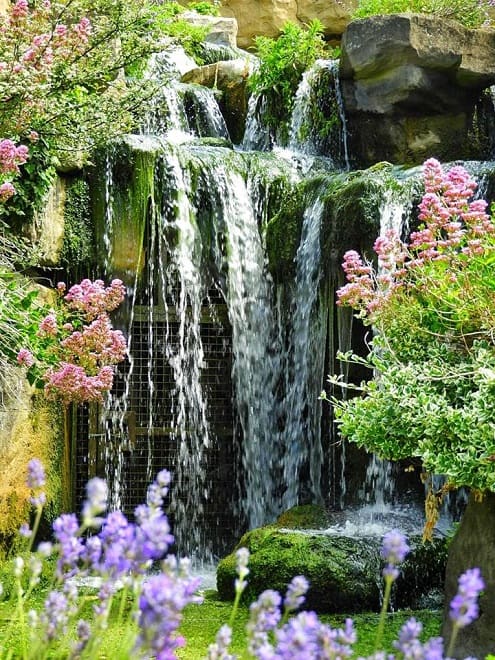
In no small measure thanks should be given to those within the Coastal Community Team and the Ramsgate Heritage action zone team for their work on applying for this award.
At least with this very welcome grant from the Coastal Revival Fund, Ramsgate can find out just how bad the situation is regarding the Pulhamite and what may be needed to put it right.
Our Victorian forebears bequeathed us a legacy of a very well-constructed coastal frontage and somehow, we must find the resources to continue that legacy for the generations yet to come.

